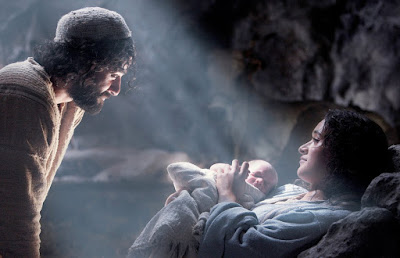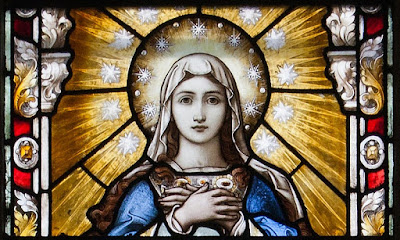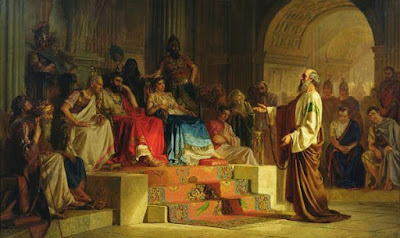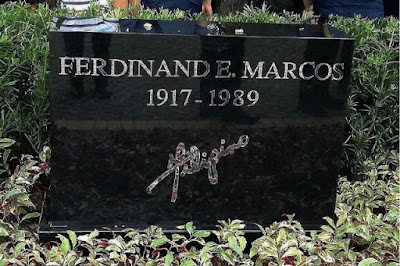Putting Christ Back In Christmas?

Image credit People who profess to be Christians have always been wary of apparent attempts to remove Christ in Christmas. For example, last December 2015, a controversy brewed over Starbucks’ red cups. “When the cup debuted last year, some consumers accused Starbucks of waging war on Christianity after Starbucks removed images of snowflakes, trees, and ornaments that covered the cups in years prior.” [1] Image credit Then, of course, every year we debate whether it’s okay to write “Xmas” or “Christmas.” But either way we write it, I believe there was no conspiracy to remove Christ from Christmas. As Reformed theologian R.C. Sproul explained it, We see the English letter X there, but actually what it involves is the first letter of the Greek name for Christ. Christos is the New Testament Greek for Christ. The first letter of the Greek word Christos is transliterated into our alphabet as an X. That X has come through church history to be a shorthand symbol for







